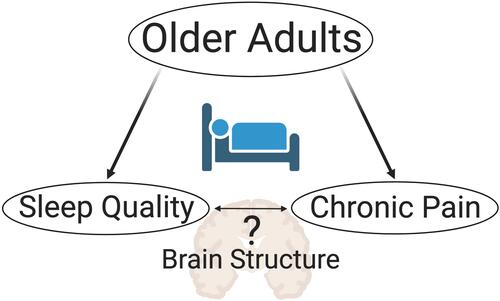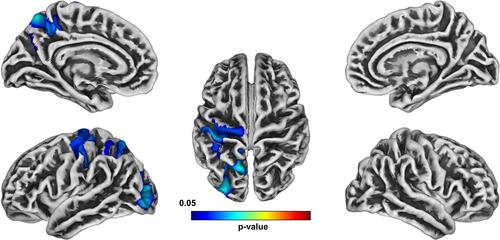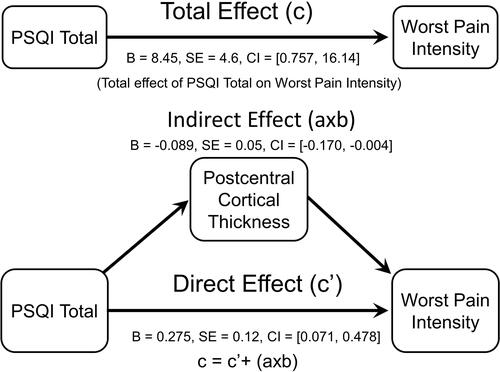Figures & data
Table 1 Demographic and Clinical Characteristics of the Sample (n=69)
Table 2 Descriptive Statistics of the PSQI and Its Component Scores in Our Study Sample
Table 3 Intercorrelation Matrix Among the PSQI Components (n=69)
Table 4 Associations Between Total PSQI Score and the PSQI Components with Self-Reported Pain and Somatosensory and Pain Threshold Measures (n=69)



